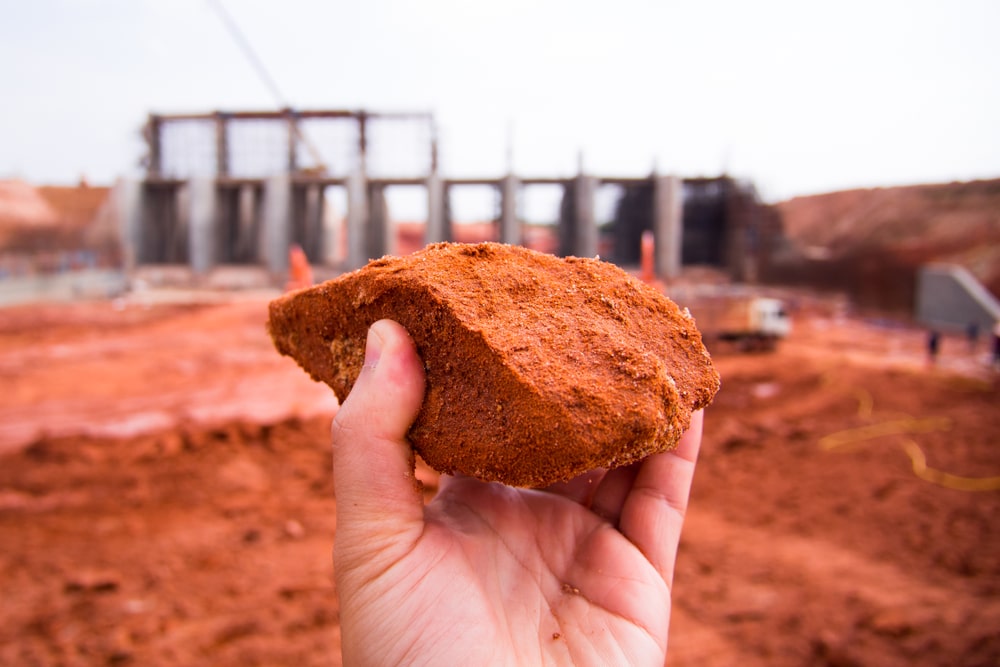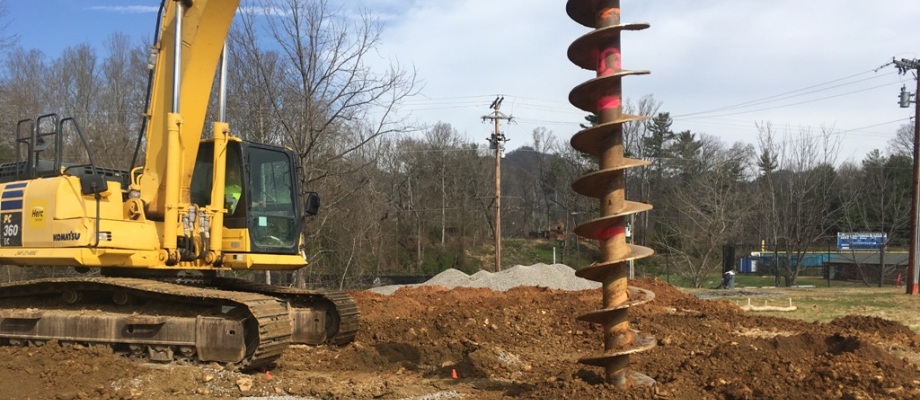Exactly How Geo Tech Engineers Can Address Common Soil Issues in Urban Growth
Exactly How Geo Tech Engineers Can Address Common Soil Issues in Urban Growth
Blog Article
The Interdisciplinary Approaches in the Geotechnical Sector: Linking the Gap In Between Engineering, Geology, and Environmental Science for Ideal Job End Results
The combination of design, geology, and environmental scientific research within the geotechnical market is not merely useful; it is imperative for attaining optimal job outcomes. This interdisciplinary cooperation promotes an extensive understanding of complex website conditions, allowing for ingenious services to arise. By examining crucial duties and effective case researches, we can uncover the vibrant interplay that drives job success. Nevertheless, difficulties stay in effectively managing these multidisciplinary efforts, questioning regarding prospective improvements and future trends. What approaches might emerge to facilitate this important cooperation and enhance the efficiency of geotechnical techniques?
Importance of Interdisciplinary Cooperation
The significance of interdisciplinary cooperation in the geotechnical sector can not be overemphasized. Reliable geotechnical jobs call for the integration of diverse knowledge from various areas, consisting of design, geology, and ecological scientific research. This partnership ensures that all facets of a task are considered, resulting in extensive solutions that deal with intricate obstacles.
When working in seclusion,Interdisciplinary cooperation cultivates development by enabling specialists to share insights and approaches that may not be noticeable. By leveraging the strengths of multiple disciplines, teams can determine prospective risks, maximize style processes, and enhance the sustainability of geotechnical jobs. Such cooperation advertises an all natural understanding of site-specific conditions, which is vital for accurate assessment and decision-making.
The intricacy of geotechnical projects requires a worked with method to analytic. Eventually, interdisciplinary collaboration is necessary for progressing ideal techniques and attaining quality in the geotechnical industry.
Trick Functions of Each Technique
Cooperation among various disciplines is not simply advantageous; it is crucial for the effective execution of geotechnical jobs. Each discipline-- engineering, geology, and ecological scientific research-- plays a distinctive yet interconnected duty that adds to project efficacy and sustainability.
Geotechnical engineers are mainly in charge of developing foundations and ensuring architectural honesty. They assess soil and rock buildings to assess load-bearing capacities, offering vital information for safe building methods. Their expertise allows the formulation of ingenious options to complex obstacles.

Environmental researchers assess the prospective impacts of building on ecological communities and water resources. They carry out environmental analyses and develop reduction strategies to decrease damaging effects. By integrating eco-friendly considerations, they make certain compliance with laws and promote sustainability throughout the task lifecycle.
Study of Effective Combination
Successful combination of geotechnical disciplines can be exemplified through numerous situation research studies that highlight the performance of teamwork in resolving complex design difficulties. One noteworthy instance is the building and construction of the Hong Kong-- Zhuhai-- Macau Bridge, where a joint strategy including geotechnical design, geology, and environmental science was crucial. Geologists and designers functioned in unison to analyze the seabed problems and maximize the structure design, making certain stability and minimizing environmental impact.
One more impactful case is the renovation of incline security in the San Francisco Bay Location, where an interdisciplinary group integrated geotechnical evaluation with ecological assessments. By integrating hydrological research studies and geological studies, the group properly recognized potential landslide threats and applied efficient mitigation measures, enhancing safety and security and sustainability.
Additionally, the redevelopment of Brownfield sites commonly calls for a multidisciplinary technique. In one instance in Chicago, partnership amongst geotechnical designers, environmental scientists, and metropolitan organizers resulted in the successful remediation of polluted soil, permitting the safe improvement of the website right into a neighborhood park. These case studies show that interdisciplinary cooperation not only addresses technical obstacles but also fosters cutting-edge services that benefit both communities and jobs.
Challenges in Multidisciplinary Projects

Moreover, coordinating schedules and operations amongst various groups can be bothersome, especially when each discipline has one-of-a-kind project landmarks and deliverables. This imbalance can result in hold-ups consulting engineer and raised costs. The challenge of resource allowance likewise impends large; making certain that specialized experience is readily available at important times calls for mindful preparation and insight.
Last but not least, governing conformity poses one more significant difficulty. Each discipline might face different governing frameworks, and aligning these needs to satisfy project objectives can be intricate and lengthy. Dealing with these obstacles necessitates solid leadership and reliable interaction approaches to cultivate cooperation and make sure that multidisciplinary teams work cohesively in the direction of shared objectives.
Future Trends in Geotechnical Practices
As the geotechnical market progresses, arising fads are reshaping techniques to deal with the challenges encountered in multidisciplinary jobs - geo tech engineer. One significant fad is the enhanced integration of advanced technologies, such as fabricated knowledge and artificial intelligence, right into geotechnical analysis and style. These modern technologies improve predictive modeling and threat evaluation, enabling designers to make even more enlightened decisions throughout the job lifecycle

Moreover, the fostering of digital doubles and real-time tracking systems is coming to be extra widespread. These tools promote continuous assessment of dirt conditions and structural performance, enabling prompt treatments when issues emerge.
Final Thought
In conclusion, the integration of engineering, geology, and environmental science is crucial for achieving optimal results in the geotechnical sector. Successful situation researches highlight the benefits of this approach, while recognizing the difficulties dealt with in multidisciplinary tasks.
The assimilation of design, geology, and environmental scientific research within the geotechnical sector is not simply useful; it is crucial for accomplishing optimum project results. Efficient geotechnical projects need the integration of diverse know-how from various fields, including design, geology, and ecological science.Navigating the complexities of multidisciplinary tasks in the geotechnical market provides several substantial obstacles.As the geotechnical industry evolves, arising trends are improving methods to address the difficulties dealt with in multidisciplinary jobs. Geotechnical designers are significantly collaborating with ecological researchers to make sure that tasks straighten with sustainability objectives and conform with governing demands.
Report this page